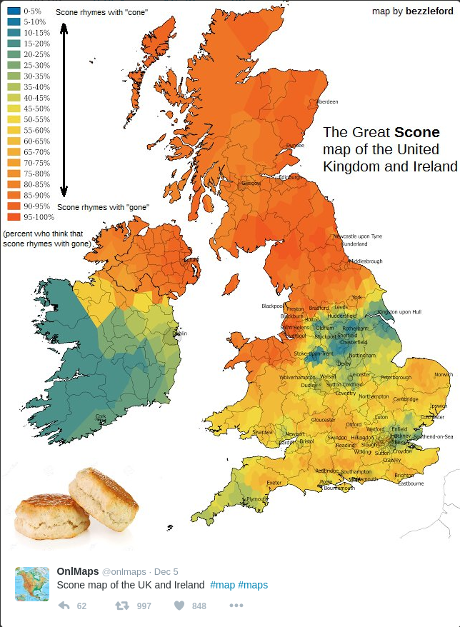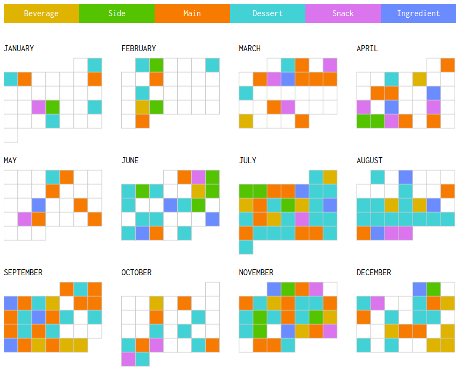I was deeply disappointed to find the “Great Scone Map” represents differing pronunciations of “scone.”
Reading hurriedly, I thought perhaps it was a map of scone recipes. 😉
Suggestions of maps of biscuit (a small, typically round cake of bread leavened with baking powder, baking soda, or sometimes yeast) recipes?
To avoid confusion over the term “biscuit,” ask it the “biscuit” in question is eaten by the British. If yes, then odds are it not a “biscuit” in the North American sense of the word.
There’s an a/b test for you.
Put a British “biscuit” along side a buttered Popeyes biscuit and see which one is chosen more often.
Eat several Popeyes biscuits before starting to avoid being stuck with British “biscuits.”

